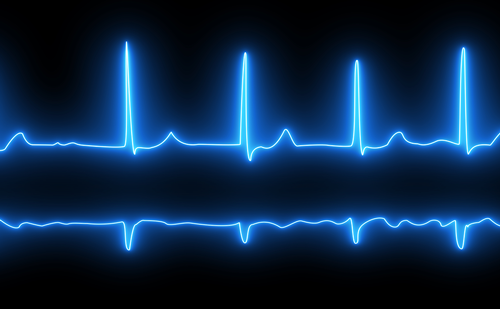Background: Sleep apnea is highly associated with atrial fibrillation (AF), resulting in increased risk of mortality. However, early identification and intervention of AF is limit among subjects with sleep apnea asoften asymptomatic.
Objective: The present study aimed to investigate the occurrence of AF in subjects at high risk for sleep apnea with smart technology.
Methods: The photoplethysmographic (PPG)-based smart devices (wristband: Huawei Band B6, Honor Band 6); wristwatch: Huawei Watch GT2, Huawei Watch FIT, Honor Watch GS Pro, Honor Watch ES, Honor MagicWatch2, Huawei Technologies Co., Ltd., Shenzhen, China) were used for screening AF across China, which has been validated in Pre-mAFA (Huawei Heart Study). The PPG-based detecting sleep apnea has been developed. High-risk sleep apnoea was defined as more than 80% monitoring measures with Apnoea–Hypopnoea Index (AHI) ≥30 during the sleep, monitored by PPG-based smart devices. The identified AF and high-risk sleep apnea were further confirmed by health providers with clinical evaluation, electrocardiogram, 24-hour Holter, or polysomnograph, respectively.
Results: There were 187,933 subjects (38.18 ± 10.77 years, 90.88% male) who recruited for screening sleep apnea between December 2019 and December 2020. Among these, 9,088 (4.84%,42.62 ± 9.27 years, 98.13% male) were identified as high-risk sleep apnea, with average AHI of 27.99 (interquartile range [IQR]: 19.27–36.40). Among those, 184,970 (of 187,933, 98.42%) subjects monitored sleep apnea and pulse rhythm with PPG-smart devices, with 8,837 subjects of high-risk sleep apnea. Ninety-three (93/8837; 1.05%) AF were identified among those at high-risk sleep apnea, which was higher compared to those without sleep apnea (203/54,916; 0.37%; p<0.001). With the increased risk for sleep apnea, identified AF raised (normal-, low-, moderate-, high-risk: 0.37%, 0.72%, 0.95% and 1.05%, p<0.001, Figure 1). Compared with non-AF subjects, subjects with identified AF were at much high – risk of sleep apnea (8,744/183,736; 4.76% 93/1234; 7.54%; p<0.001). In multivariate analysis, high-risk sleep apnoea increased 5.36 (95% CI: 3.43-8.37) fold risk of AF, after adjustment of age, sex, body mass index, hypertension, diabetes mellitus, coronary artery disease, heart failure and hyperthyroidism. The sensitivity analysis of the high-risk sleep apnea subjects (n=460; 42.41 ± 8.04 years; 98.70% male), which further confirmed with the diagnosis of sleep apnea by doctors and polysomnography, demonstrated the similar proportion identified AF (5/460; 1.09%).
Conclusions: In this population-based screening study, high-risk sleep apnea increased more than fivefold risk for AF, highlighting the compelling need for effective intervention of AF.
















